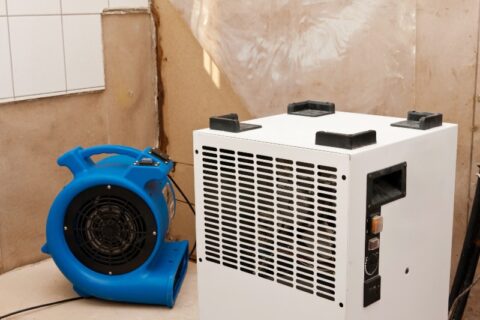How to Fix a Dripping Faucet
- First, make sure you have the right tools. You will need screwdrivers, an adjustable wrench, replacement washers and O-rings, and a penetrating oil. These are not expensive items, and it’s not a bad idea to keep some on hand for the next time you have a leak.
- Don’t start the job without shutting off the water. If there are valves under the sink to turn off its water supply, twist them to shut off the water. If not, you may need to shut off the main water supply to the house. Once you’ve done this, turn on the faucet and let the rest of the water in the line go down the drain.
- Determine the problem. This could be as simple as a dirty aerator. Take the aerator out and examine it to see if there are any particles around it. Once you’ve cleaned the aerator, replace it, firmly tighten the nozzle, and see if the leak is repaired. If this isn’t the problem, you will need to disassemble the faucet to find the issue. If there is a screw behind the handle of the faucet, remove it and pull the handle free. Now look for the washer that is meant to sit against the faucet seat once you turn off the water, sealing off the flow of water. You may be able to reposition it to fix the problem, or you may need to replace it. The problem could also be with the O-ring installed in the handle to make a waterproof seal, or, if you have a cartridge faucet with one or two handles, you may need to replace your cartridge.
- Make the repair. Once you determine that the problem is a cartridge, washer, or O-ring, try replacing the faulty part with exactly the same sized part. If you get the wrong size, you won’t fix the problem. If you’ve tried these fixes and your faucet still leaks, you may need to replace your entire faucet.
- Call for help with water damage. Inspect the area around the sink to determine if the leak has caused water damage or mold growth. If possible, look along the pipe to make sure there’s nothing more extensive to manage. Then call for professional help dealing with whatever you find.
If your leaky faucet has caused water damage and you need help with the clean-up, call the experts at Pacific Flood Restoration. We offer full-service, 24-hour, on-call emergency services, and we’ve earned a reputation for being dependable, on time, courteous, and ethical. No matter the extent of the flood damage in your San Diego, CA home, our trained technicians have the experience, proven techniques, and state-of-the-art equipment to restore your home, fixing whatever damage it may have sustained. We serve the following cities: San Diego, Encinitas, Carlsbad, Oceanside, San Marcos, Chula Vista, Poway, El Cajon, Escondido, Rancho Santa Fe, San Clemente, and Solana Beach. Call 760.516.8549, or contact us through our website.


